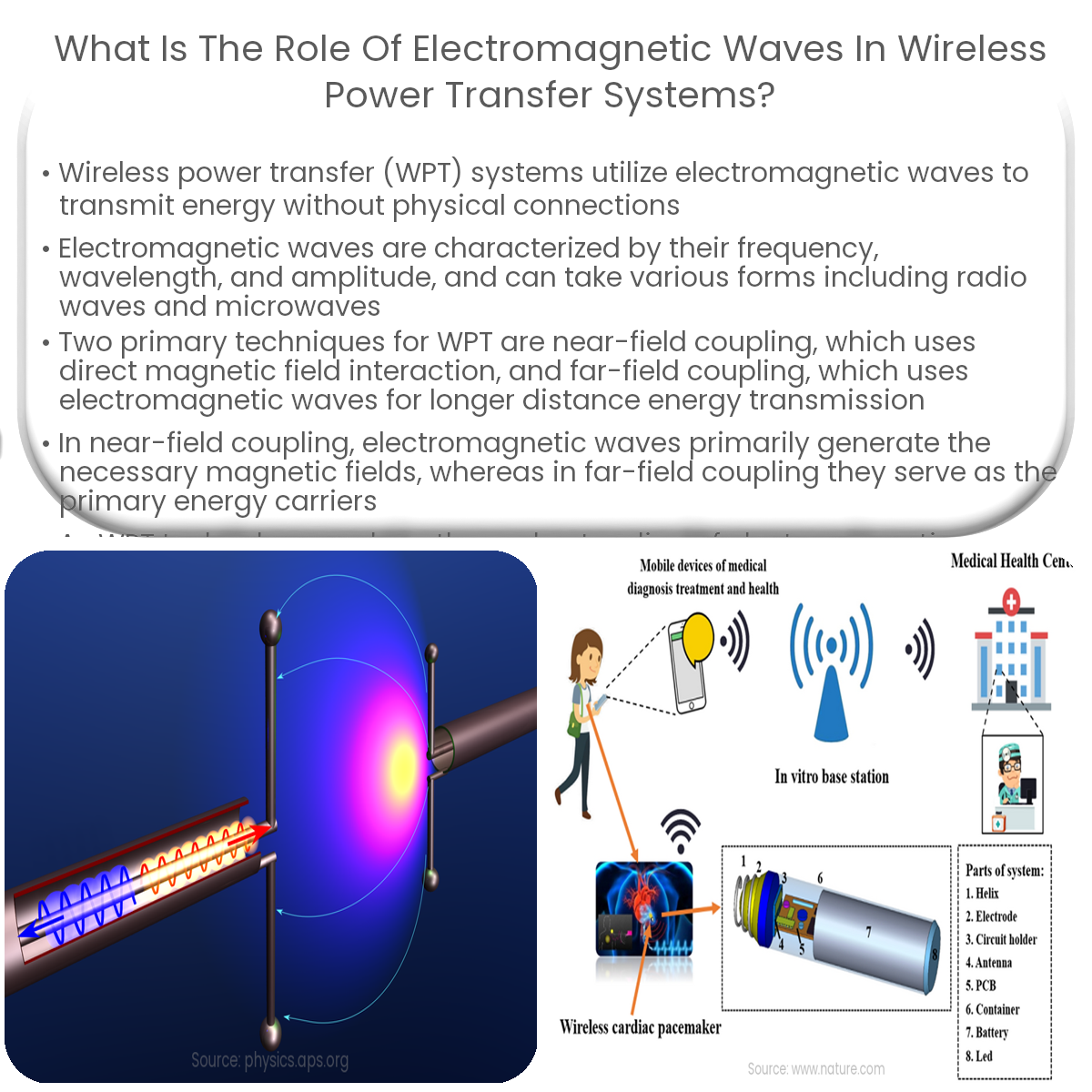Electromagnetic waves enable wireless power transfer by generating magnetic fields in near-field coupling or acting as energy carriers in far-field coupling.
Understanding the Role of Electromagnetic Waves in Wireless Power Transfer Systems
Wireless power transfer (WPT) systems have become increasingly popular in recent years, with applications ranging from charging electronic devices to powering electric vehicles. At the core of these systems are electromagnetic waves, which play a crucial role in enabling the transmission of energy without the need for physical connections. In this article, we will explore the fundamentals of electromagnetic waves and their role in WPT systems.
Electromagnetic Waves: The Basics
Electromagnetic waves are a form of energy that propagates through space as a combination of electric and magnetic fields. These waves can be characterized by their frequency, wavelength, and amplitude, which determine their energy and behavior. The electromagnetic spectrum includes various types of waves, such as radio waves, microwaves, infrared, visible light, ultraviolet, X-rays, and gamma rays.
Wireless Power Transfer Techniques
There are two primary techniques for wireless power transfer:
- Near-field coupling: This method relies on the direct interaction of the magnetic fields between the transmitter and the receiver. Near-field coupling can be further divided into two categories:
- Inductive coupling: Uses magnetic fields generated by coils to transfer energy over short distances.
- Resonant coupling: Enhances energy transfer efficiency by using specially designed coils that resonate at the same frequency.
- Far-field coupling: Also known as “radiative” or “electromagnetic radiation” coupling, this method utilizes electromagnetic waves to transfer energy over longer distances. Examples of far-field coupling techniques include:
- Microwave power transmission: Employs focused microwave beams to transmit energy wirelessly.
- Laser power transmission: Uses laser beams to deliver energy through the atmosphere or even outer space.
Role of Electromagnetic Waves in WPT Systems
In near-field coupling, the energy transfer occurs through the direct interaction of the magnetic fields between the transmitter and the receiver. The electromagnetic waves play a role in generating these fields, but the energy transfer is primarily magnetic in nature.
On the other hand, far-field coupling relies entirely on the properties of electromagnetic waves to transmit energy. By converting electrical energy into electromagnetic waves, these systems can deliver power wirelessly over considerable distances. The efficiency of far-field WPT systems depends on factors such as the frequency, amplitude, and directivity of the electromagnetic waves, as well as environmental conditions and the receiver’s ability to convert the electromagnetic energy back into electrical energy.
In conclusion, electromagnetic waves play a critical role in wireless power transfer systems, either by generating magnetic fields for near-field coupling or by acting as the primary energy carriers in far-field coupling. As WPT technology continues to advance, understanding the properties and behavior of electromagnetic waves will remain essential to the development of more efficient and versatile wireless power solutions.



